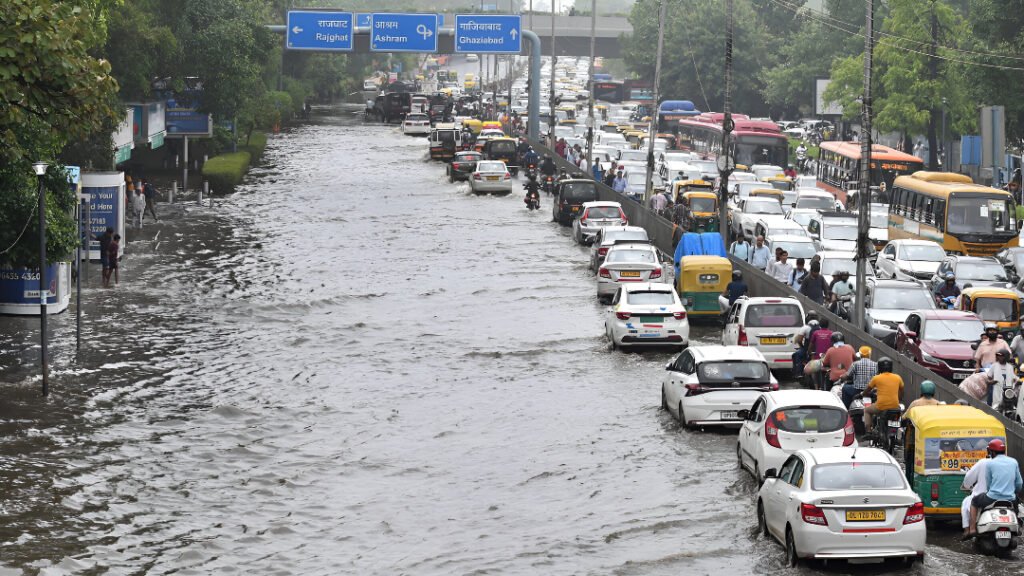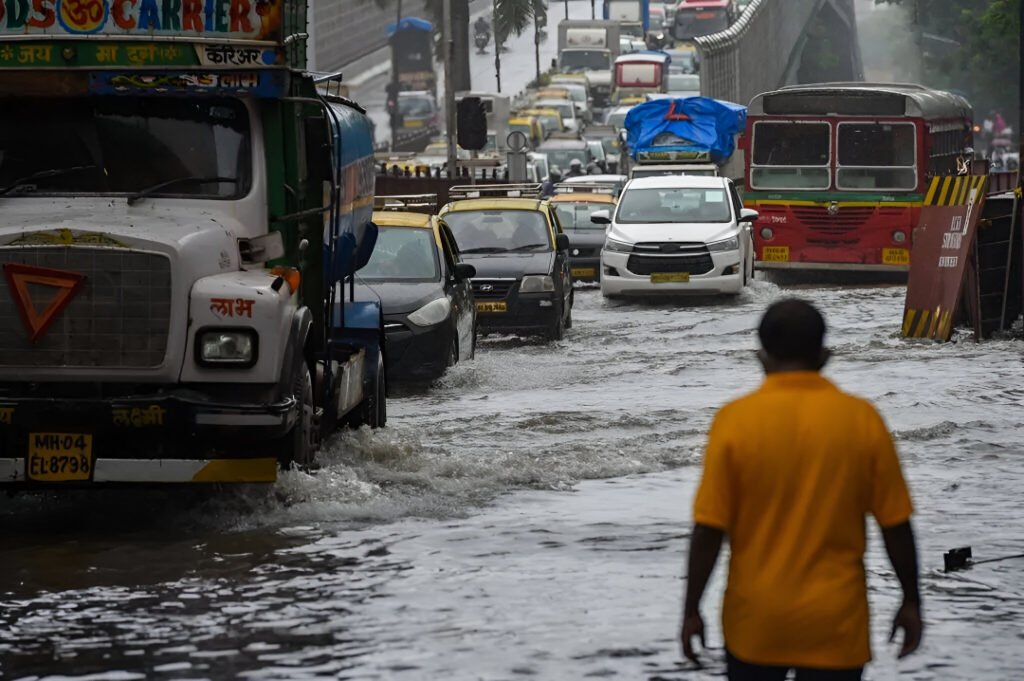Each year, the monsoon brings both relief and fear. The farmers wait patiently for the rains to replenish their crops, and the cities prepare for waterlogging, disruption, and floods. But this year, the monsoon has become especially savage, and half of India is struggling under its wrath. Villages, towns, and cities are inundated; there have been casualties, and photographs of people walking through waist-deep water have filled headlines. Punjab, in particular, has seen its worst deluge since 1988.
So, what went wrong this year? Why did the monsoon become so wild and deadly?
A Monsoon That’s Changing Its Nature
Traditionally, the Indian monsoon stretched across four months, from June to September, bringing fairly steady showers spread over time. But scientists say climate change has started reshaping how it behaves. Instead of gradual and predictable rainfall, we now see long dry spells followed by sudden cloudbursts—massive volumes of rain unleashed over small areas in just a few hours.
This shift means the land, rivers, and drainage systems simply cannot cope. Mountains are the worst affected, as moisture-laden clouds slam into the hills, causing deadly flash floods and landslides. We saw this vividly in Uttarakhand, Himachal Pradesh, and Kashmir earlier in August.

The Clash of Monsoon and Westerly Disturbances
But the story doesn’t stop at climate change alone. Meteorologists point to another unusual culprit this year: westerly disturbances. These are low-pressure systems that usually form over the Mediterranean and move eastward. Normally, they retreat during the peak monsoon. But in August, they collided with the monsoon system hovering over India.
Imagine the monsoon as a loaded water cannon and the westerly disturbance as the trigger. When the two met, the result was torrential downpours across Punjab, Haryana, and parts of Rajasthan. According to the Indian Meteorological Department, some areas received over 1,000% more rain than usual in just 24 hours. That’s not rain; it’s a deluge.
Scientists say this unusual collision was influenced by jet streams, the fast-moving rivers of air that circle the globe. Global warming has made these jet streams “wavier,” meaning they often drift away from their regular paths. This year, they pulled westerly disturbances unusually far south, steering them into northern India right in the middle of monsoon season.
The result? A rare “atmospheric tango” that supercharged the rains, turning rivers into torrents and mountain valleys into death traps.
Fragile Mountains and Sudden Floods
The Himalayas, majestic as they are, are also fragile. With global warming, glaciers and snowfields are melting at alarming rates. Ice and permafrost, once nature’s cement holding the mountains together, are disappearing. Without that glue, slopes are becoming unstable.
When heavy rain falls on these already vulnerable slopes, the danger multiplies. Landslides block rivers, creating temporary lakes that burst without warning. In other cases, swollen glacial lakes suddenly give way, unleashing devastating floods downstream even in areas where it hasn’t rained heavily.
Experts point out that rainfall is now reaching higher altitudes where it once snowed. Instead of fresh snow slowly feeding rivers, we see sudden sheets of rain melting entire snowfields in a matter of days. That water comes crashing down all at once, burying everything in its way.

How Humans Made It Worse
Apart from natural factors, human activities have amplified the loss. In the mountains, hasty development of highways, tunnels, and hydroelectric projects has eroded sensitive slopes. Riverbanks are encroached upon, floodplains have contracted, and city drains have been neglected for decades.
Plastic rubbish clogs rivers, preventing floodwater from exiting. Embankments are not cleared despite continued warnings. In short, we’ve built over the very escape routes nature designed for excess rain. When extreme weather strikes, the damage multiplies.
What This Year’s Monsoon Tells Us
This year’s deadly rains are not a freak accident; they’re a warning. Climate change is loading the dice, making extreme weather events more frequent and more intense. India, with its vast population and varied geography, is particularly vulnerable.
Experts say it’s not enough to blame the skies. We require firmer planning on the ground: tighter controls over random construction, prompt repair of flood-control measures, improved waste handling, and more precise early warning systems. Above all, we need to rethink the way we coexist with mountains and rivers rather than attempting to force them to conform to our desires.
The monsoon has always been the lifeline of India, but this year it has become a threat. If anything, the message is evident: the climate is changing faster than we are. Unless we do something about it, every monsoon season could be more destructive, and people get to just pick up the pieces every year.











